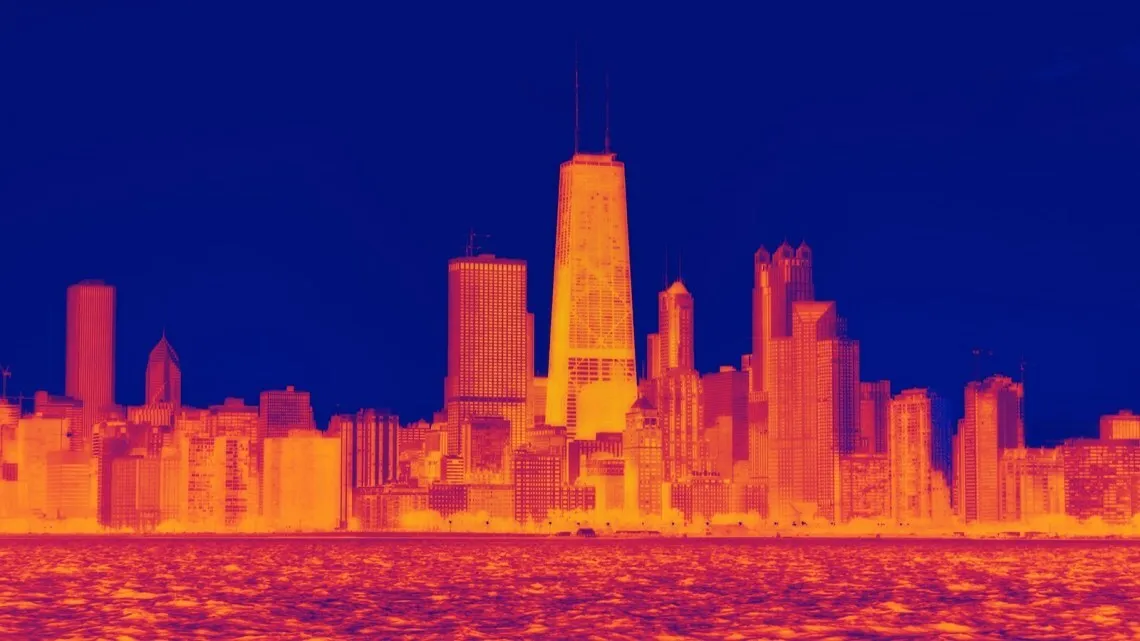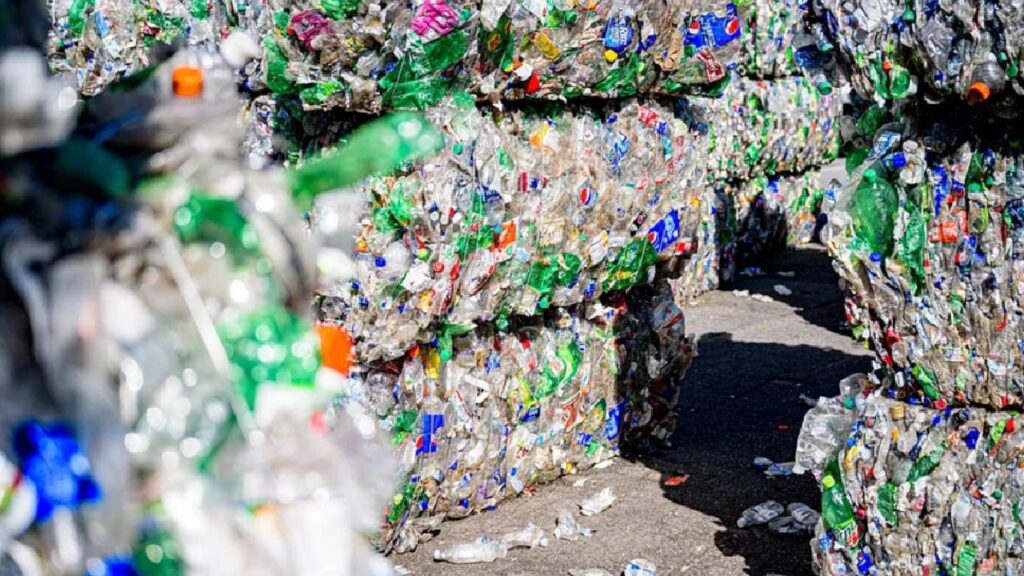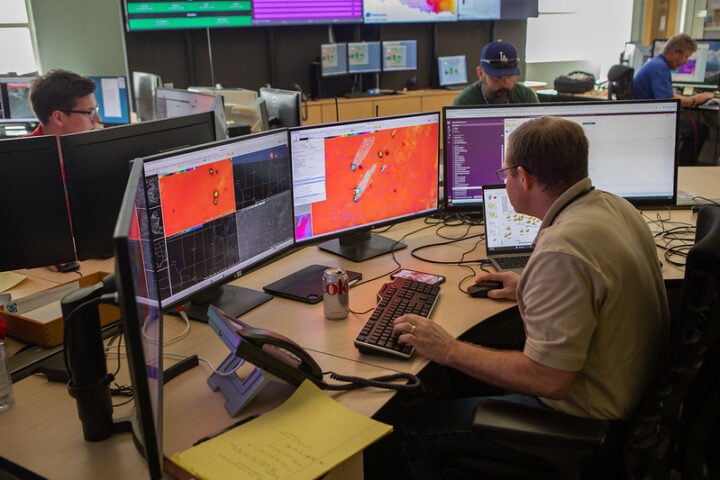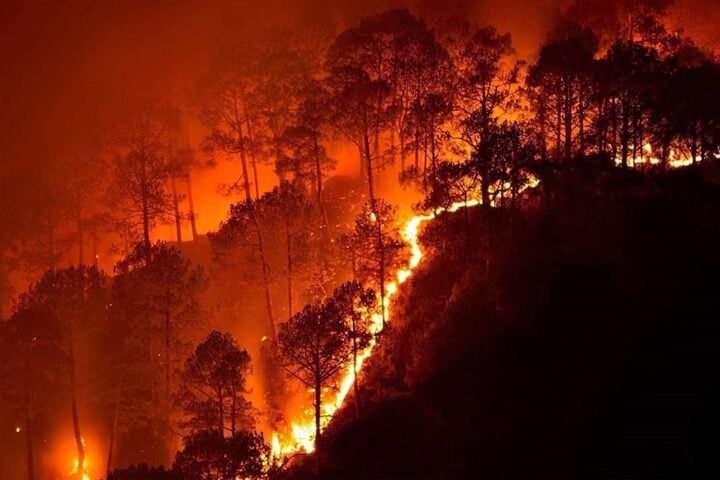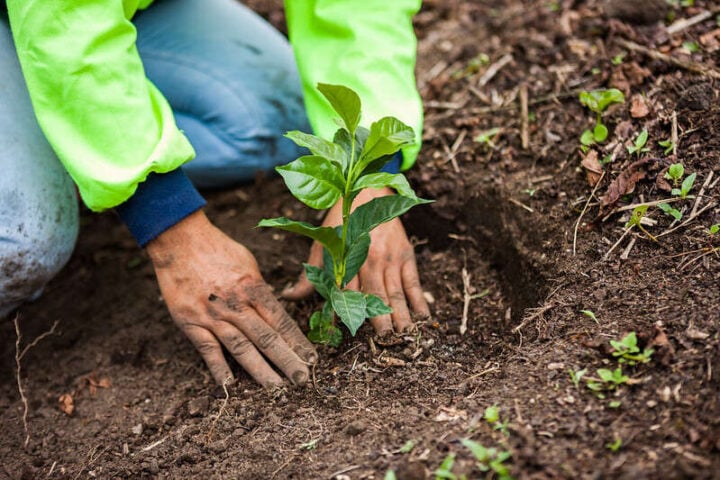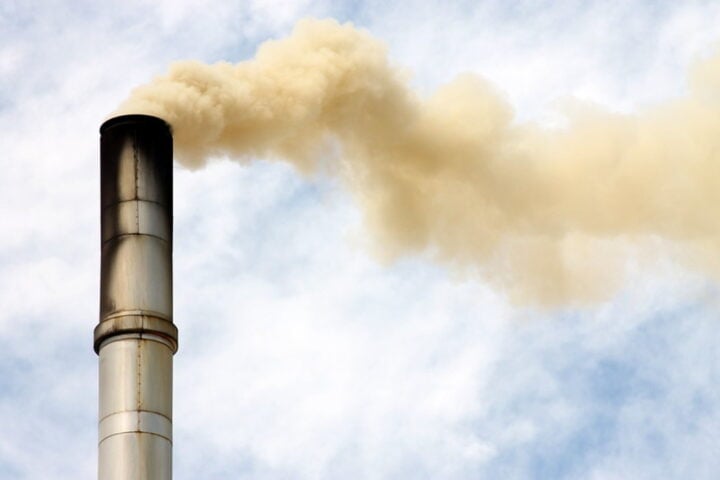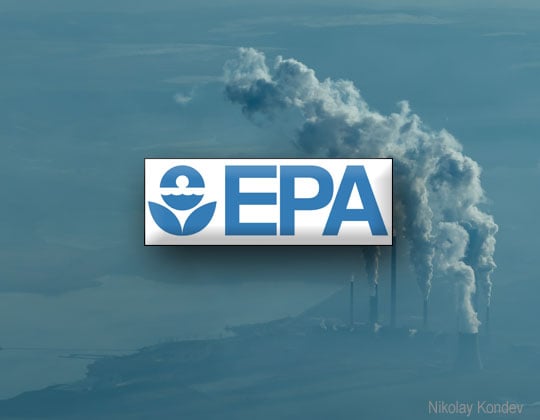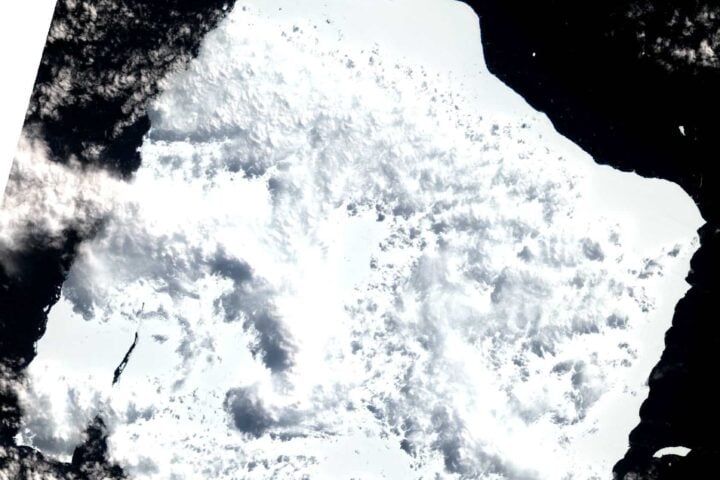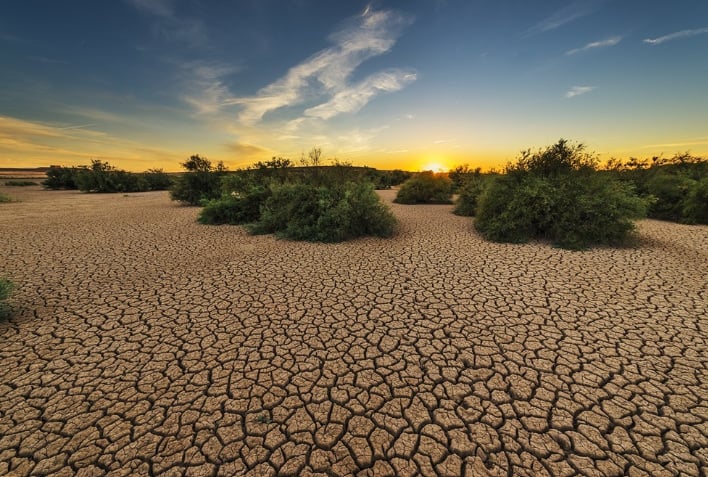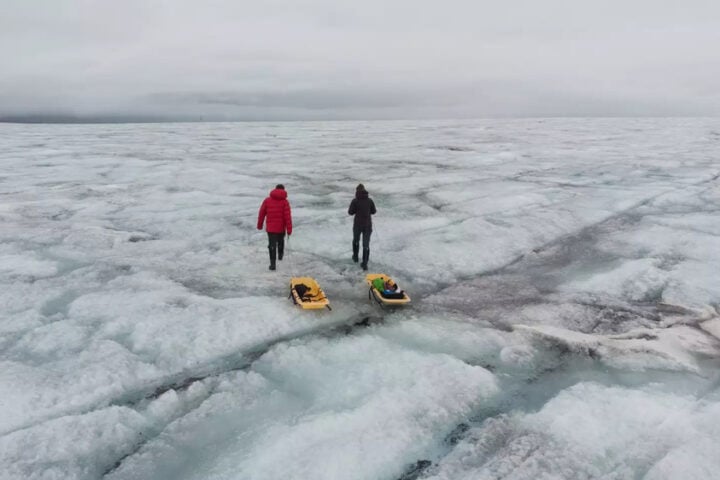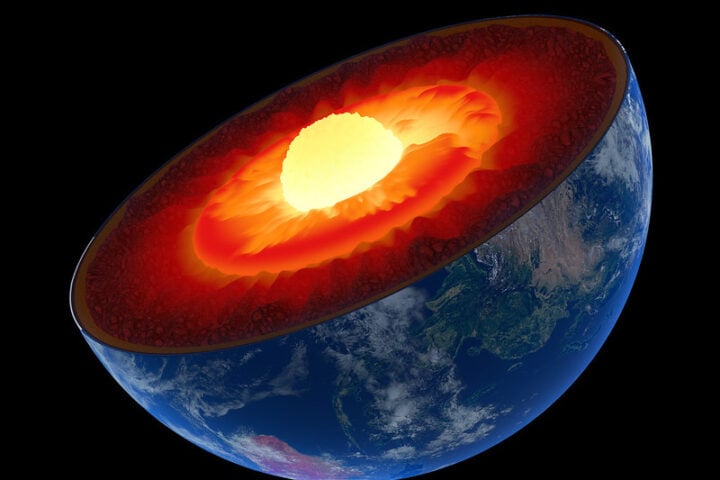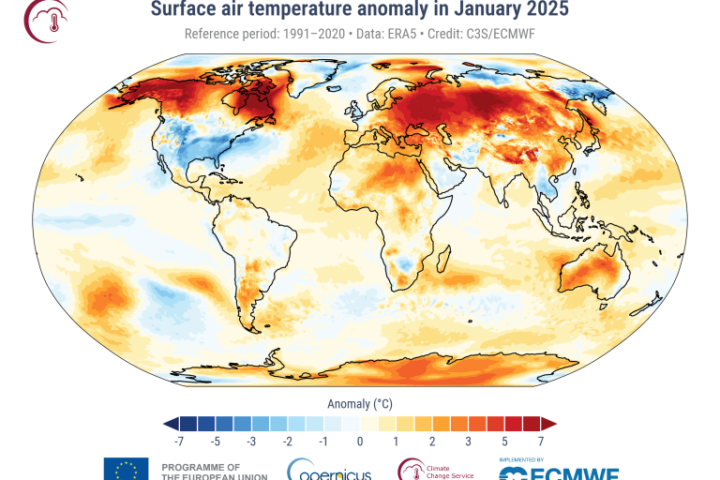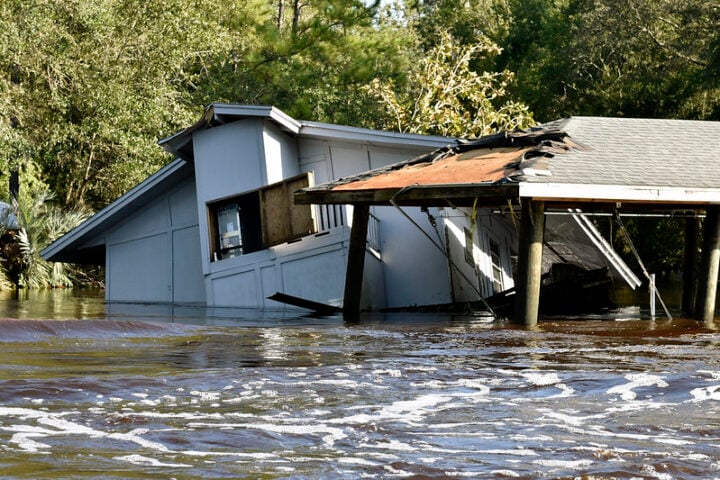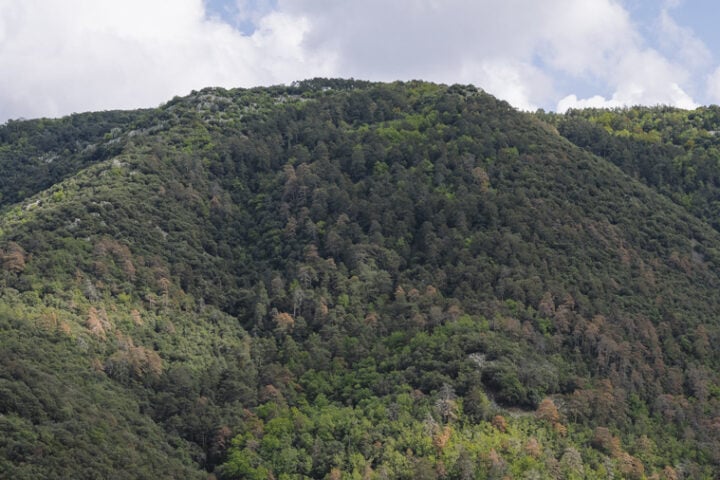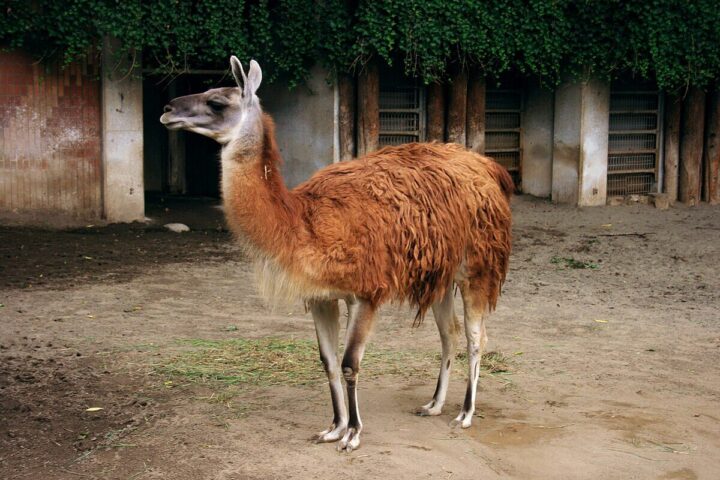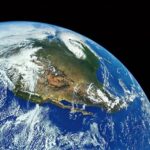According to scientists, the maximum tolerance of a human being to a wet bulb temperature is 35°C for six hours. NASA has recorded numerous instances exceeding 35°C since 2005, particularly near Pakistan and the Persian Gulf. The American organization predicts that several regions around the world could become uninhabitable by 2050. The at-risk areas include Southern Asia, the Persian Gulf (Iran, Oman, Kuwait), states near the Red Sea (Egypt, Saudi Arabia, Sudan, Ethiopia, Somalia, Yemen), and Eastern China and Brazil are expected to face similar conditions by 2070, as well as some American states like Arkansas, Missouri, and Iowa.
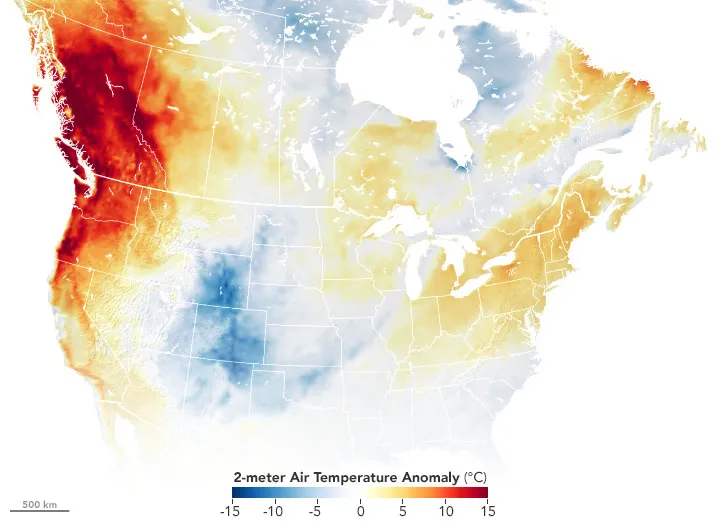
NASA Earth Observatory/Joshua Stevens
NASA’s climate forecasting models are trying to determine the countries where the wet bulb index will soon be too high to survive. This will be the case for Southern Asia, the Persian Gulf, and countries bordering the Red Sea by 2050. Eastern China, part of South Asia, and Brazil are also expected to regularly exceed a wet bulb index of 35°C by 2070. NASA predicts the same fate for some Midwestern American states within 50 years, such as Arkansas, Missouri, and Iowa.
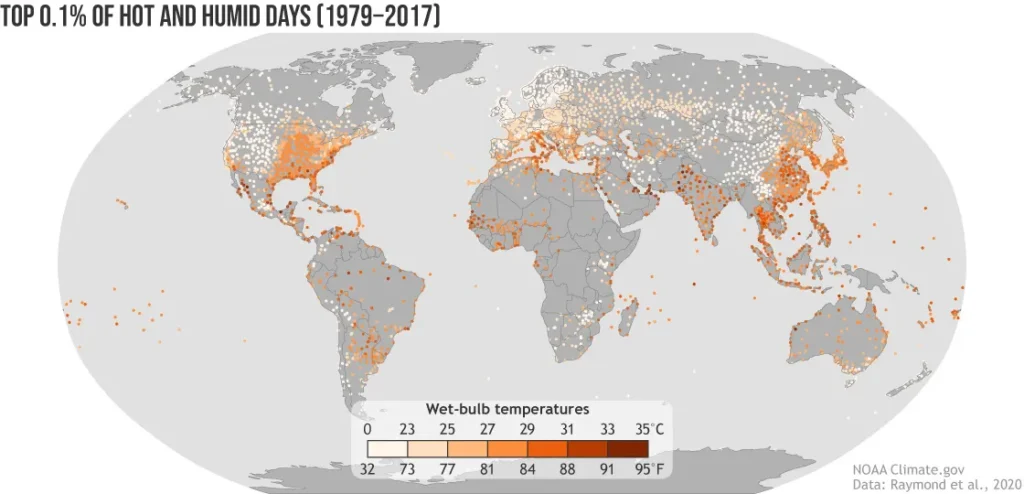
Map by NOAA Climate.gov, based on data from Radley Horton.
While some areas of the world will remain below this critical index, scientists remind that the risk of death is present even below 35°C. Studies show that in the United States, heat has been the deadliest weather phenomenon since 1990. Over the past 40 years, the frequency of these extremely high wet bulbs has tripled. Most warm and humid regions of the planet typically have a wet bulb index that does not exceed 25 to 27°C. During the heat wave of June 2021 in the northwestern United States and western Canada (an estimated 1,400 deaths), the wet bulb did not exceed 25°C. The index indeed signifies a health hazard as soon as it exceeds 12°C below the normal body temperature, which is around 37°C.
Similar Posts
To measure the degree of discomfort related to heat and the health risk, scientists use two indices: the heat index, which combines ambient air temperature and relative humidity in the shade, and the wet bulb temperature, a less subjective and more accurate index. The wet bulb characterizes the lowest temperature of an object or body cooling as moisture evaporates from it. This index measures our body’s ability to cool itself through sweating during hot and humid weather. The idea is then to define from what level our body can no longer cool itself: from this level, the risk of death becomes real.
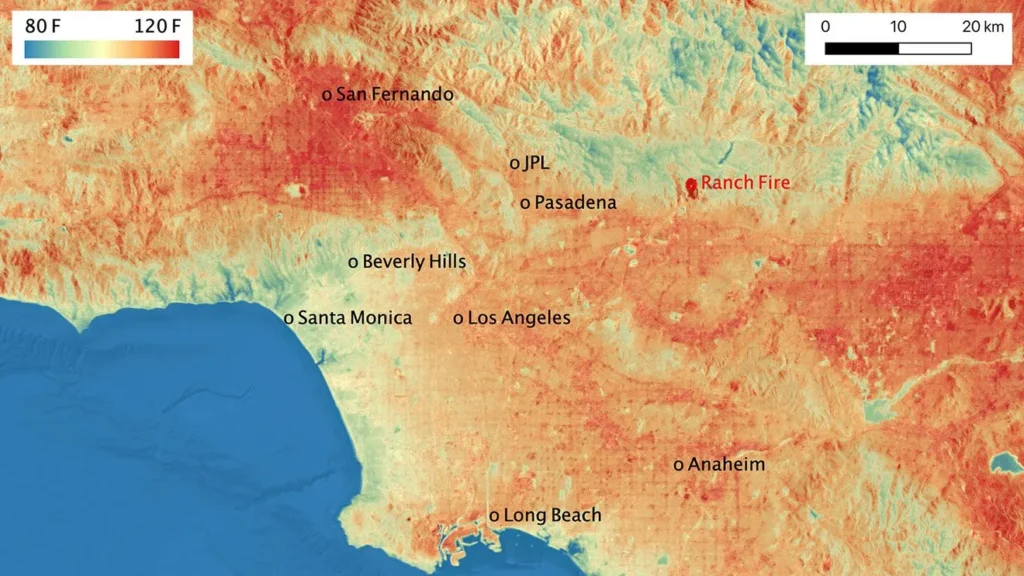
NASA/JPL-Caltech
Originally, the wet bulb was measured with a simple thermometer wrapped in a wet cloth and exposed to the open air. The thermometer then recorded the temperature when the water evaporated from the cloth. Nowadays, this index is calculated using electronic equipment at weather stations that operate with satellite data. NASA uses instruments located on the International Space Station, such as AIRS (Atmospheric Infrared Sounder) and ECOSTRESS (ECOsystem Spaceborne Thermal Radiometer Experiment). The American agency is currently developing a new project, the SBG (Surface Biology and Geology mission), to obtain more accurate data on the evaporation process of moisture.
